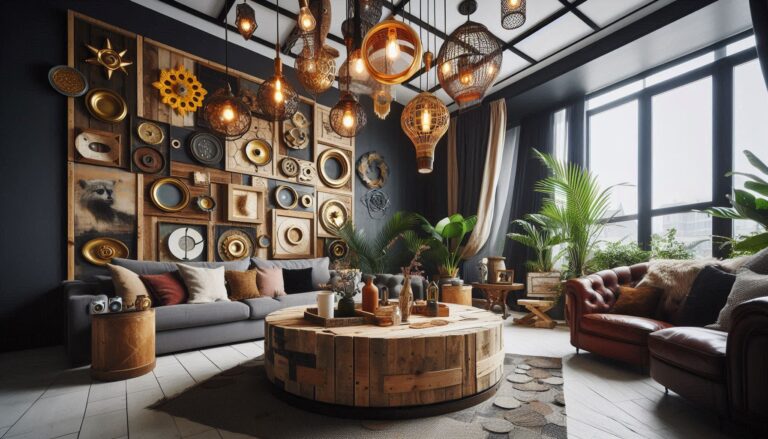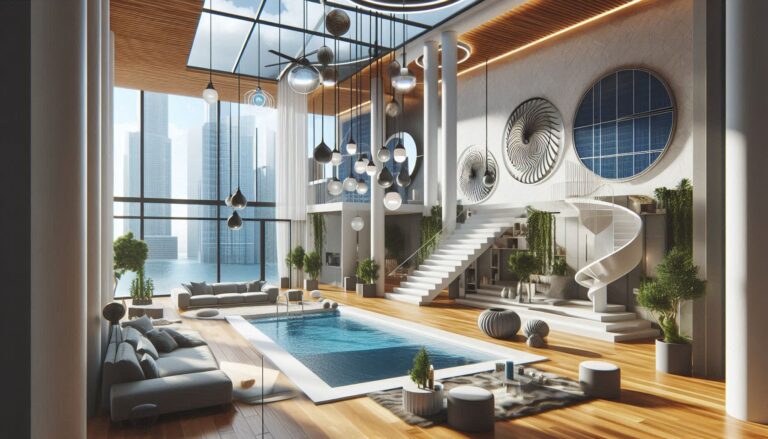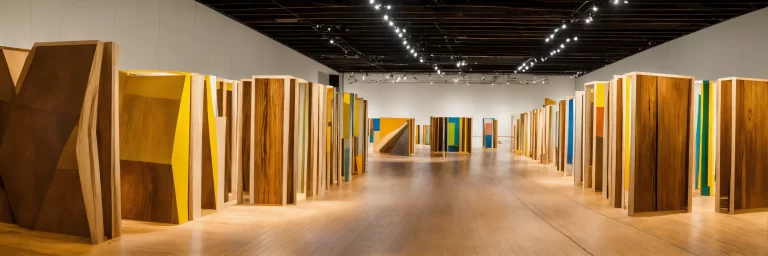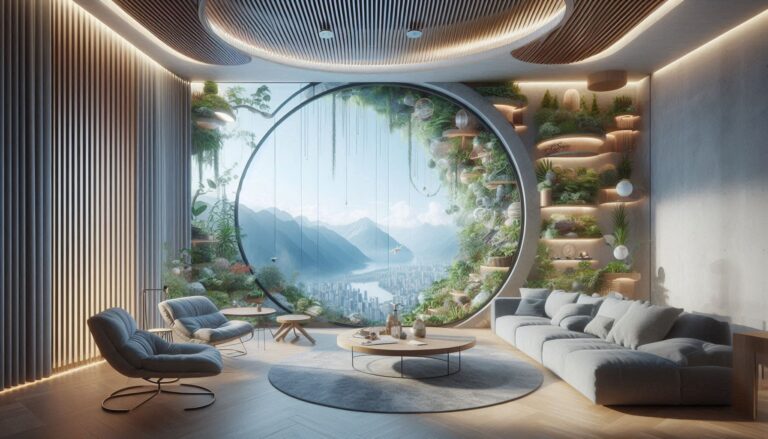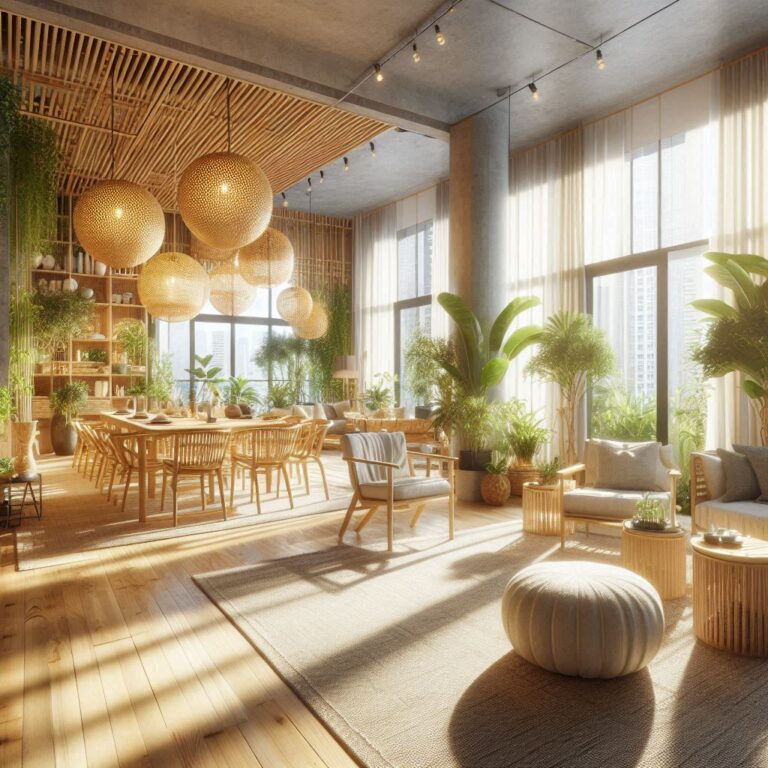Zero-Waste Design: Tips for Reducing Waste in Interior Design Projects
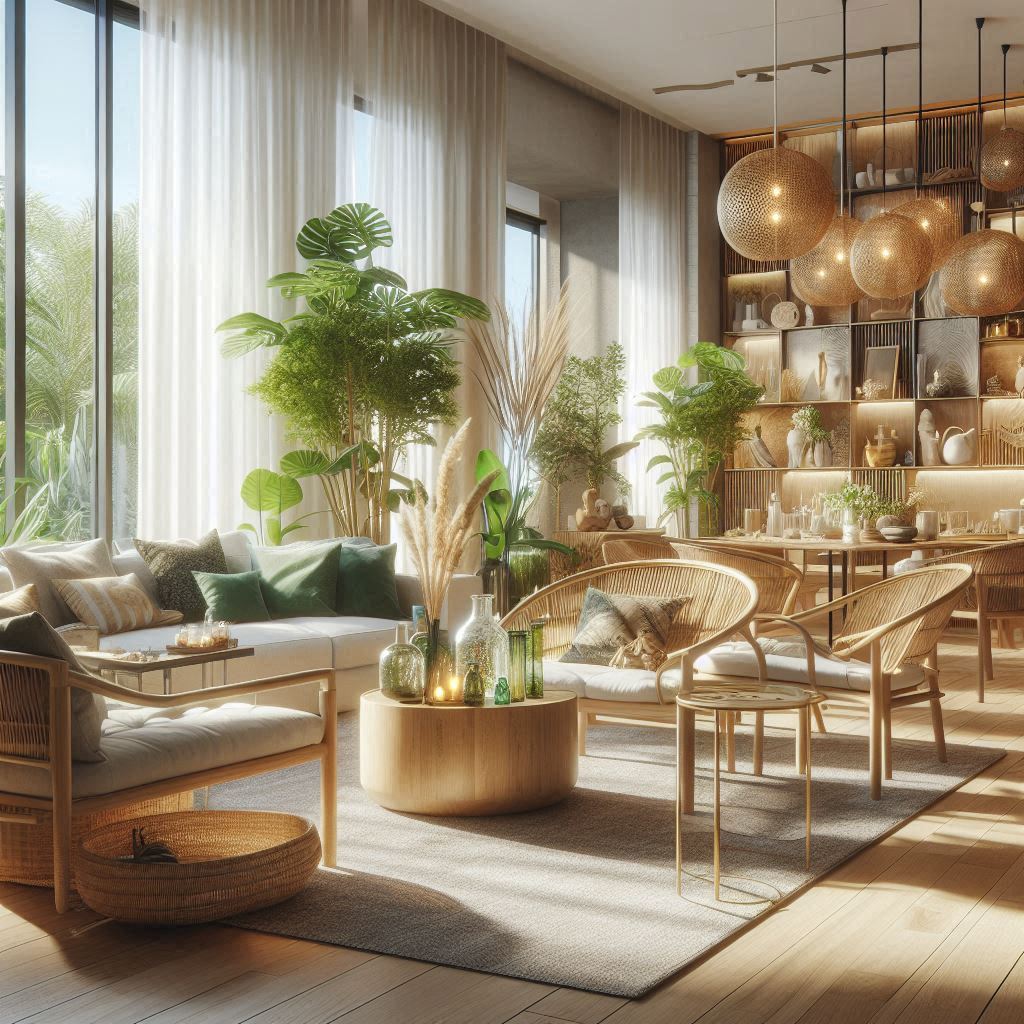
Zero-waste design is an emerging trend focused on reducing the amount of waste produced during a design project. It involves thinking ahead to minimize resource consumption, reuse materials, and reduce the environmental impact of every decision made. Here are some practical tips for achieving zero-waste in interior design.
1. Plan for Durability
One of the best ways to reduce waste is by choosing durable materials that will last for years, reducing the need for replacements. For example, opt for high-quality flooring that can withstand heavy use, such as cork or bamboo. Choose long-lasting furniture and fixtures that can be easily repaired or refurbished if needed, rather than disposed of.
2. Repurpose Materials
Whenever possible, repurpose materials from previous projects or existing structures. Reclaimed wood, vintage furniture, and salvaged building materials can all be used to create a beautiful, sustainable space. This not only helps reduce waste but also adds character and uniqueness to your designs.
3. Use Eco-Friendly Materials
When new materials are necessary, choose those that are eco-friendly and can be recycled or composted at the end of their life cycle. Look for products made from natural materials, such as wool, jute, or cork, that are biodegradable and non-toxic. Avoid using synthetic materials that can contribute to landfill waste.
4. Minimize Packaging Waste
Reduce packaging waste by selecting materials and products that come with minimal or recyclable packaging. When shopping for furnishings or decor, choose items that are sustainably packaged or avoid unnecessary packaging altogether. Encourage your clients to bring their own bags and containers to carry items when possible.
5. Design for Disassembly
When designing custom furniture or structures, consider how easily they can be disassembled and reused at the end of their life cycle. Modular furniture and systems that can be easily updated or taken apart for recycling or repurposing reduce long-term waste.
Conclusion
Zero-waste design is all about making mindful choices to reduce waste throughout the entire design process. By selecting durable materials, repurposing items, and choosing eco-friendly options, designers can create spaces that not only reduce waste but also have a lasting positive impact on the environment.

